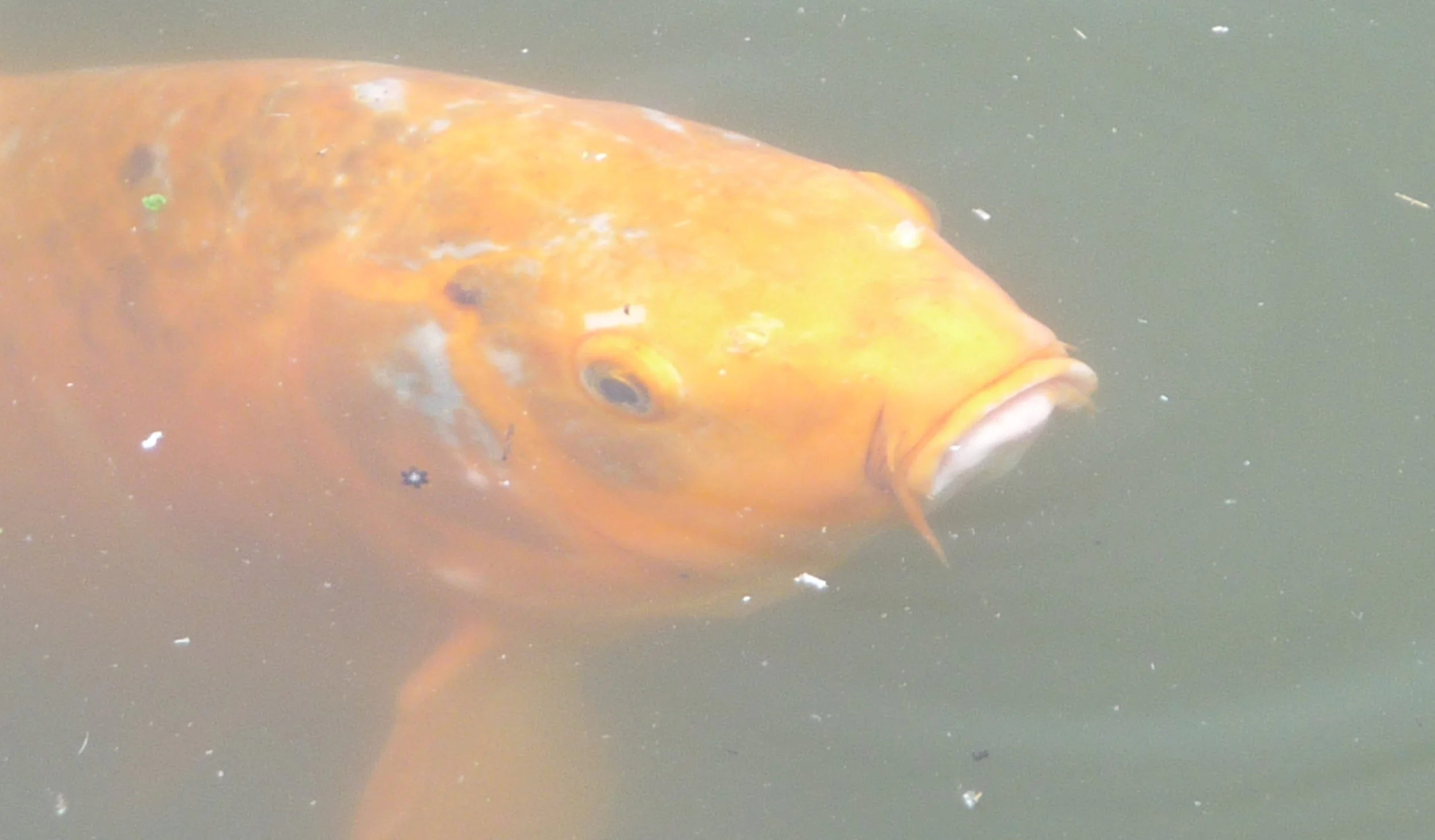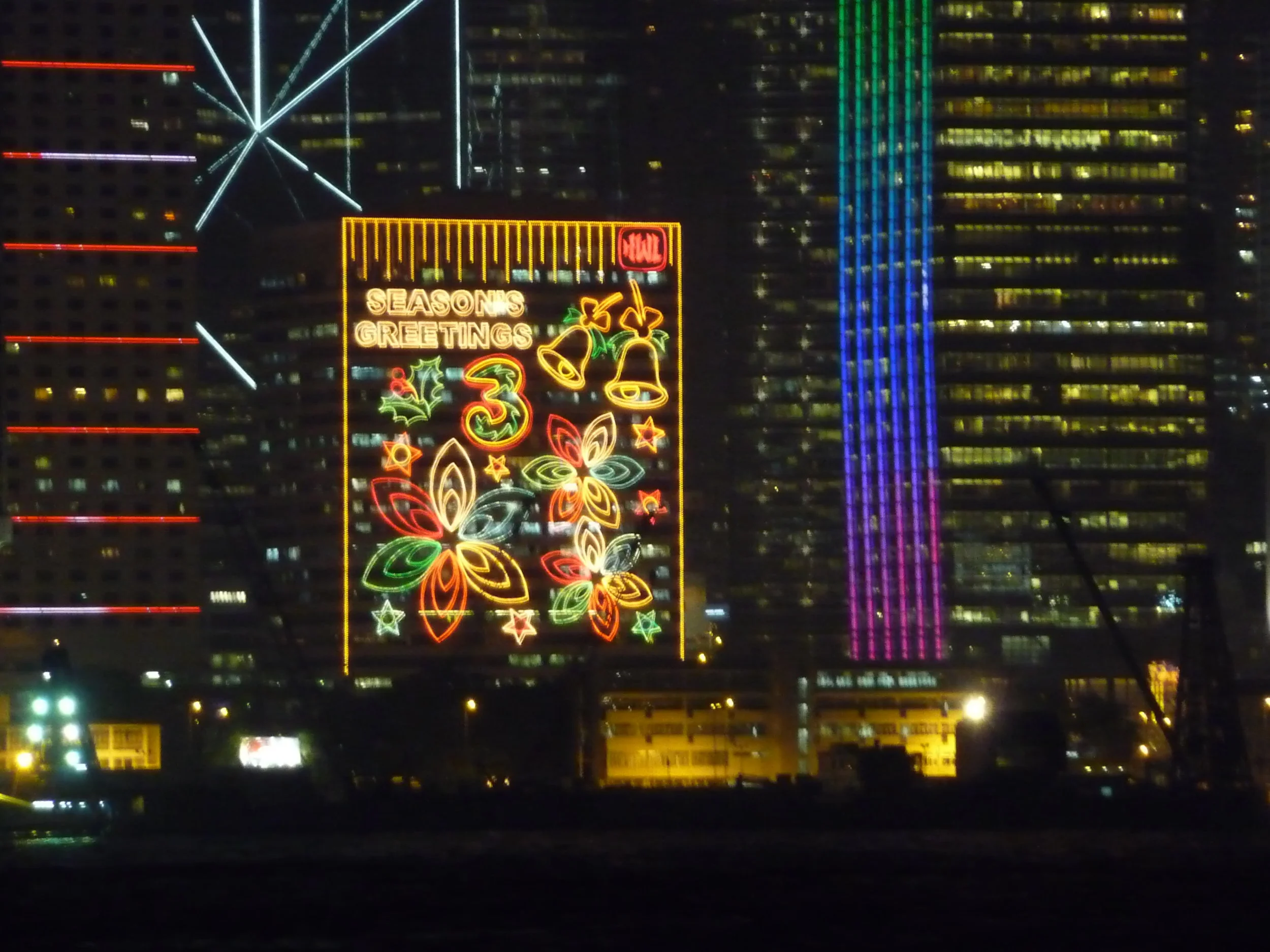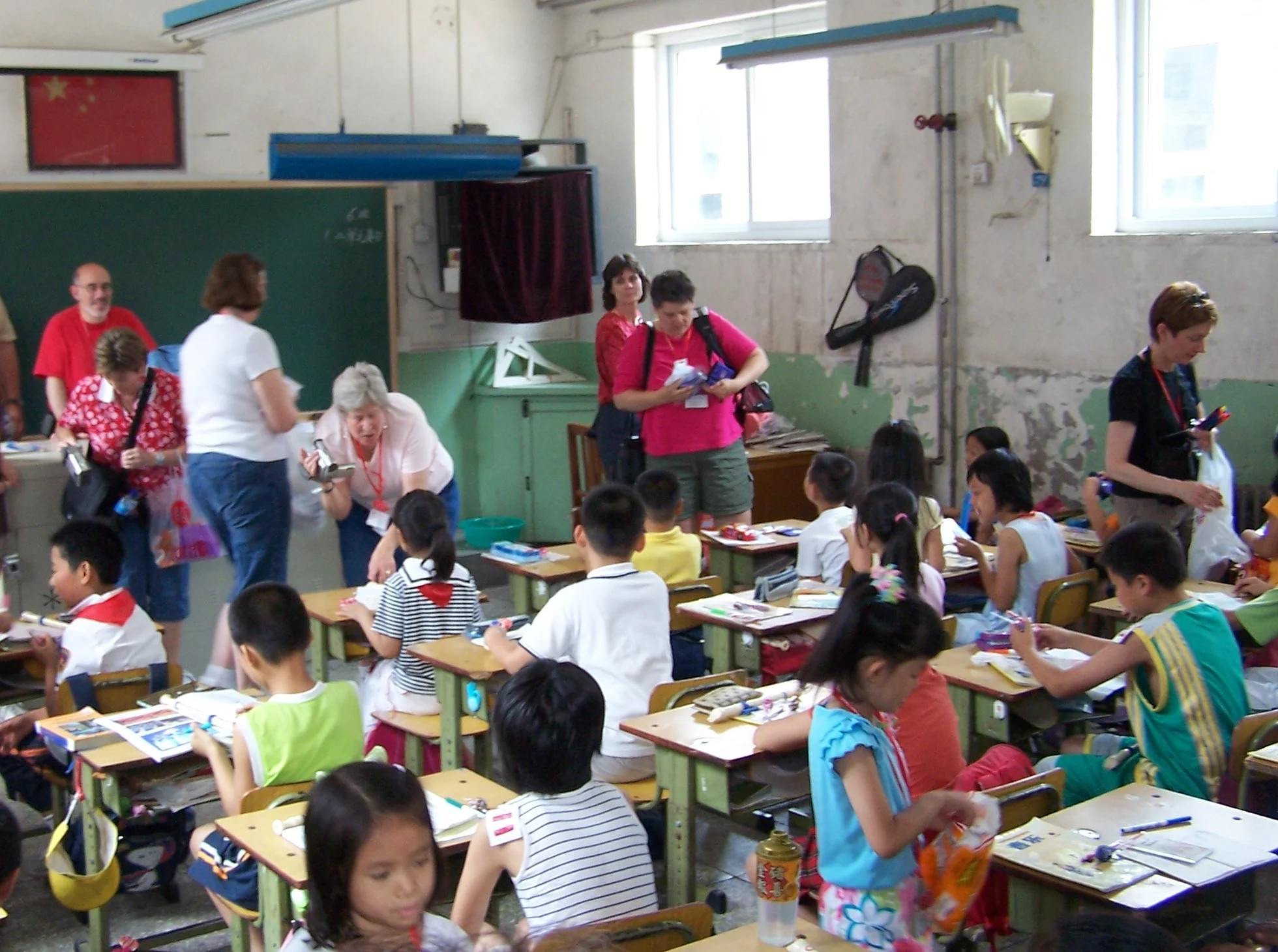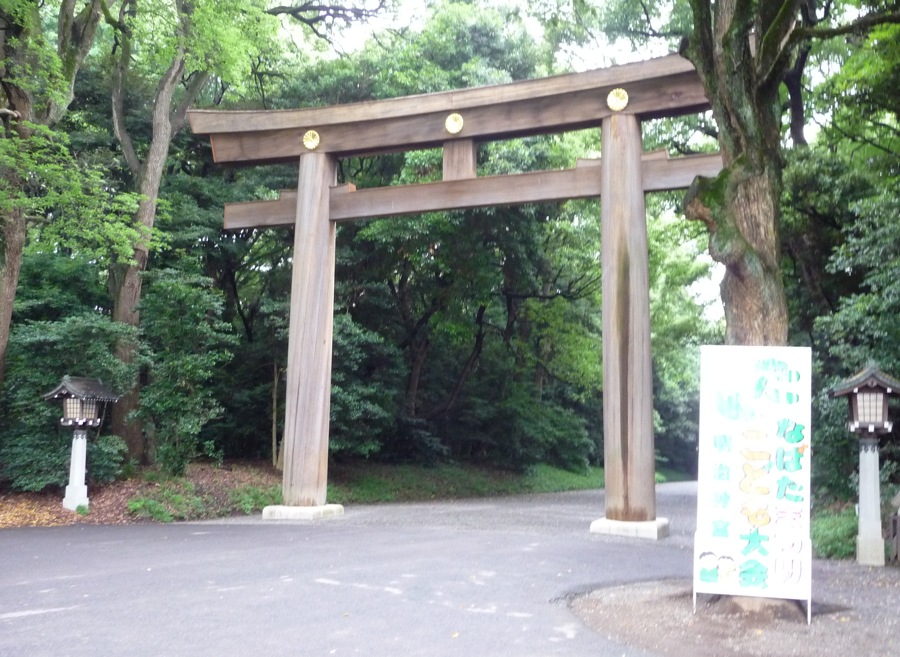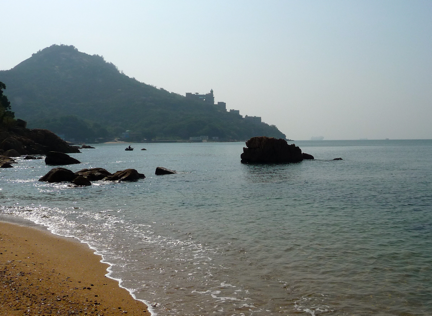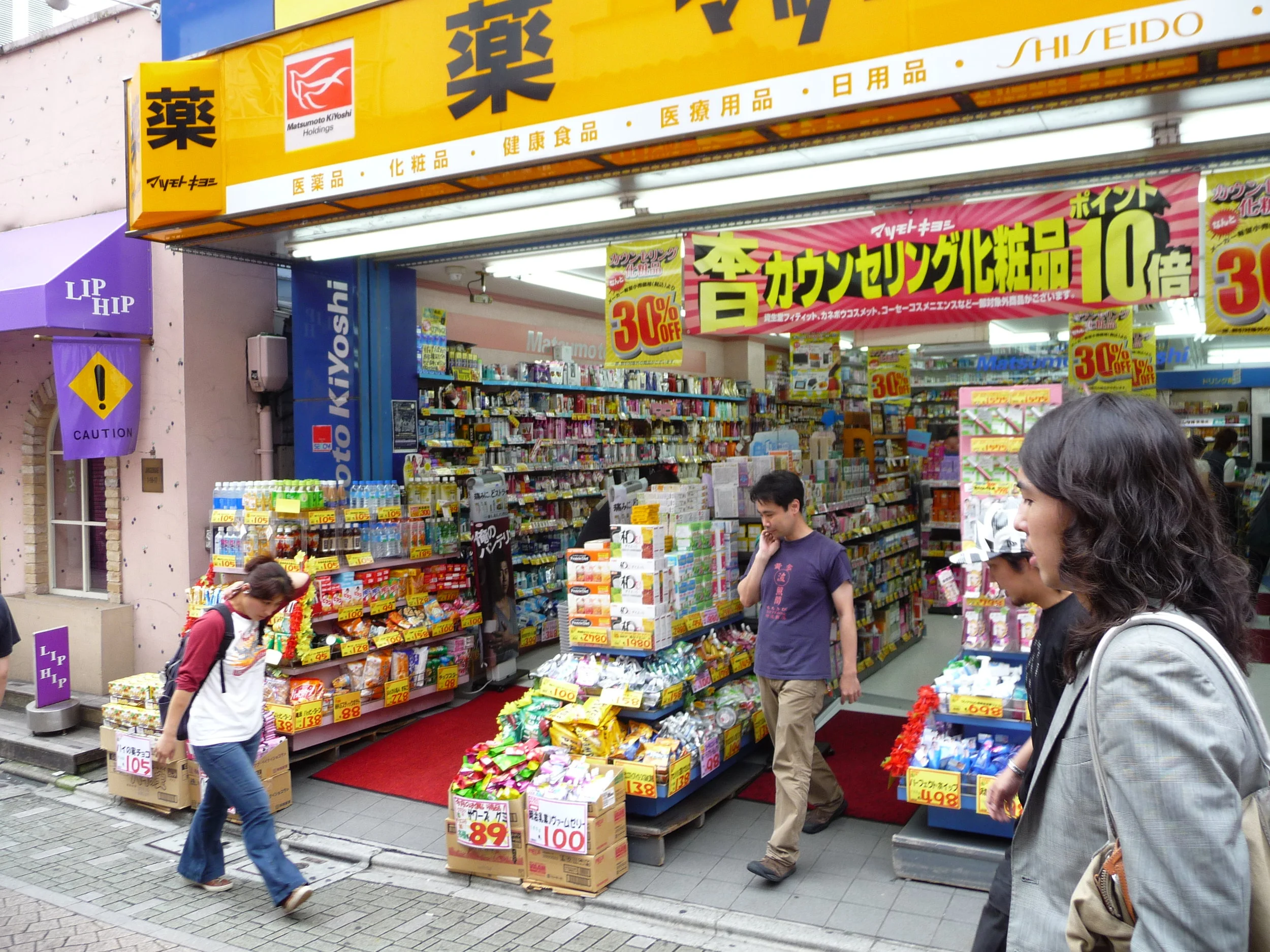Hong Kong - Stanley
/Where: Hong Kong Island
When: November 2010
This trip was our daughter’s first time back to China after we’d adopted her, so it was especially emotional for us. We wanted to take in as many experiences as we could in the limited time we had – the city is so family-friendly, easy to get around, and full of fun activities and bright lights that we wanted to run all day and night.
Well, between jet lag and the necessary sleep schedule for a four-year-old, that impulse was quashed rather quickly. We found we could do one big adventure between breakfast and lunch, a siesta back at our hotel, and then a mini-outing at dinnertime.
Part of the genius of Hong Kong is for all the skyscrapers and neon signs and crowds, most of the territory is actually parkland and open space. After a few days of walking around Tsim Sha Tsui, Mong Kok, and Central, we’d reached city sensory overload. What we needed at that point was exactly what we got when our city bus emerged from the Aberdeen Tunnel: smog-free blue sky, deep jungle, boats bobbing in bays.
Getting off the bus and walking down the block into Stanley Market brought such decompressing relief. The buildings weren’t taller than the trees or hills. No expressways or stream of trucks hauling cargo. The signs were modest, and the crowd as well. A human-scaled place with a relaxed and open attitude.
We had a late breakfast and stayed well past lunch, wandering the side streets, clambering over the rocks, finding a little beach and picking up sea glass, spotting containerships on the ocean horizon from Blake Pier, people-watching on the promenade, and doing a little shopping among the stalls in the marketplace. We didn’t worry about timetables or the four other things we’d also like to be doing that day.
We certainly saw enough high-priced sports cars and jewelry to know that working-class people could never afford to live here; the low-key lifestyle so unlike that on the north side of the island carries a high property price. But as tourists, the pizza we enjoyed while watching the waves didn’t cost any more than it would have in Kowloon.
Our bodies refreshed, our brains re-set, and with a valuable lesson learned about living in the moment, we were ready to enjoy the rest of our trip regardless of how many attractions we could check off.
How to get there
The number-one piece of advice for any traveler to Hong Kong, especially for families, is to obtain and charge up the stored-value Octopus cards. For MTR trains, the various bus companies, and trams, it’s your one-swipe discount ticket.
The number-one piece of advice for any traveler to Hong Kong, especially for families, is to obtain and charge up the stored-value Octopus cards. For MTR trains, the various bus companies, and trams, it’s your one-swipe discount ticket.
The MTR has only recently punched through the mountains to reach the south side of Hong Kong Island, running past the Ocean Park amusement park, but that’s still many miles away from Stanley. The easiest connection is to take one of the frequent buses from the MTR hub in Central (routes 6, 6A, 6X, or 260) – if you take one of the double-decker buses, be sure to sit up top for the best view! The 6 and 6A are “local” and take streets up and over the mid-island mountains, while the 6X and 260 are “express” which use the Aberdeen Tunnel. Travel time from Central is about a half-hour on the express buses; 45-50 minutes on the local buses.
There are several bus stops serving the Stanley area; you want the Stanley Market stop (this will be where most people are getting on and off.) English-language signage and announcements are standard on all Hong Kong mass transport, so enjoy the ride and pay attention to your map.
Nearby accommodation and activities
Affordable lodging for families right in Stanley is simply not available – the property values are far too high, and it’s too long a transit from the airport for casual tourism stays. However, since the bus links from Central are so convenient, and MTR trains are so affordable, you can stay in a wide range of neighborhoods and still have a pleasant day trip to Stanley. Some hotels on Hong Kong Island that are close to MTR stops that link to Central would include:
Metropark Hotel Causeway Bay – near Tin Hau station and Victoria Park
OZO Wesley Hong Kong – near Admiralty station
Best Western Hotel Harbour View – near Sai Ying Pun station
Courtyard by Marriott Hong Kong (Des Voeux Road) and Best Western Plus Hotel Hong Kong (also Des Voeux Road) – both of these are on the tram line about halfway between Kennedy Town and Sheung Wan
Hotel Ibis Hong Kong Central and Sheung Wan – also on the tram line
Holiday Inn Express Hong Kong Soho – about 2 blocks uphill from the Sheung Wan station
Of course, given how fast and frequent the MTR is, there are many hotels on the Kowloon side of the harbour you might consider as well.
Since Stanley is essentially “the end of the road” for this part of the island (the actual end of the island is the fishing village of Shek O, one more peninsula over, but there’s no bus line to connect it to Stanley), other family activities have to be found closer in to the center of the island.
The 6A and 6X buses also stop at Hong Kong’s homegrown amusement park and aquarium, Ocean Park. This complex is as big as a Disney park, however, and given its (roughly) US$60 adult ticket price / US$30 for kids 11 and under, you’d want to spend a full day there instead of only a few hours.
Image by katsuhiro7110 via Flickr; CC 2.0 license
For a cheaper (free) activity that takes less time on the way back to Central, stop off at the Repulse Bay Beach bus stop for a stroll along the water, exercise at the children’s playground, and contemplation at the Tin Hau Temple and its statues facing the waterfront. There are also cafes and shopping along the beach.
Other links
http://www.nextstophongkong.com/repulse-bay-stanley-market/
http://wikitravel.org/en/Hong_Kong/Southern_Hong_Kong_Island
http://gohongkong.about.com/od/whattoseeinhk/a/whattoseeStanle.htm
http://www.hong-kong-traveller.com/stanley-market-hong-kong.html#.WKiy2xiZPKY
http://www.hk-stanley-market.com/things-to-do.htm#.WKJ-xxiZPKY
http://www.hk-stanley-market.com/how-to-get-to-stanley-market-from-central.html#.WKJ-JxiZPKY
Our Pinterest folder for Hong Kong
Our Pinterest folder for Cathay Pacific Airways
Our Airport Guide for Hong Kong
Our article on the Dragon Boat Festival – Stanley hosts big race events in May each year

